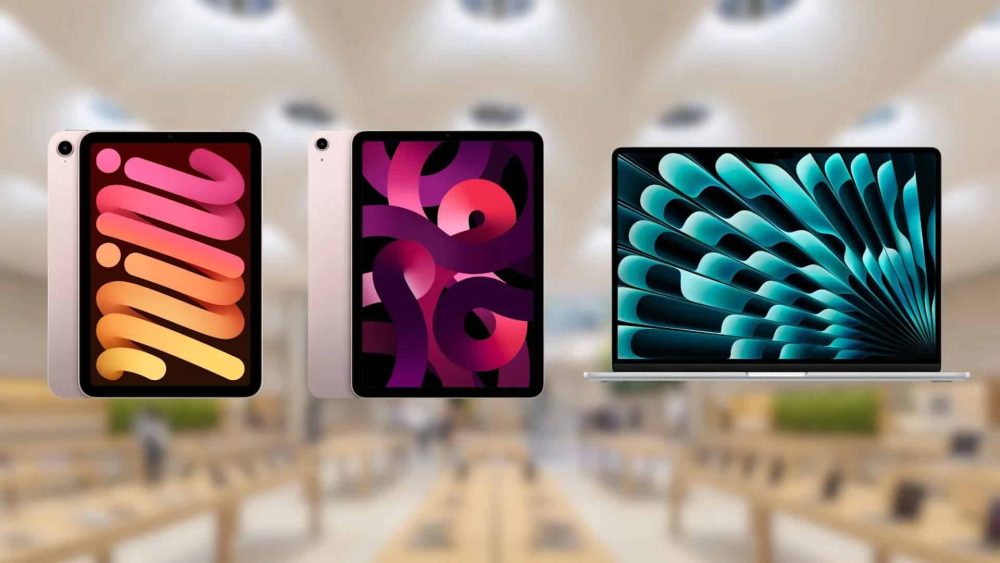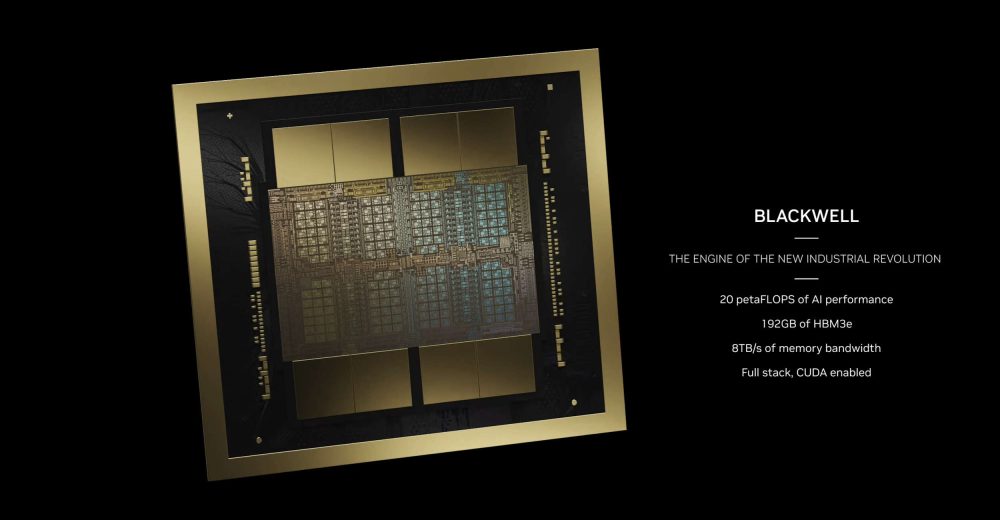Apple is preparing one of the most significant display upgrades in its product history, expanding OLED screens beyond the iPhone, Apple Watch, and iPad Pro to the iPad mini, iPad Air, and MacBook lineups. According to a new Bloomberg report by Mark Gurman, this long-anticipated shift is coming gradually, with the first wave expected to roll out starting in 2026.
While the technology promises richer visuals and greater efficiency, it may also lead to a noticeable price increase, especially for Apple’s smaller tablets.
OLED Comes to More Apple Devices
After years of refinement on the iPhone and Apple Watch, OLED has finally proven itself worthy of Apple’s larger devices. The latest iPad Pro models with OLED already demonstrate the leap: superior contrast, inky blacks, and vivid colors that outperform traditional LCD panels.
Now, Apple wants to extend those benefits across its entire mobile lineup. The iPad mini is set to get the upgrade first, potentially in 2026, followed by the iPad Air and MacBook Air in later years. The company is also developing OLED versions of the MacBook Pro, which could arrive as soon as late 2026 or early 2027, coinciding with the debut of the M6 Pro and M6 Max chips.
However, Apple’s entry-level iPad will reportedly remain LCD-only, maintaining its role as the budget-friendly option in the tablet range.
A Premium Display with a Premium Price Tag
The upcoming OLED iPad mini may not be just a display upgrade; Bloomberg reports that it could also bring enhanced water resistance and a new speaker system that removes visible speaker holes, using vibration technology instead. That engineering choice mirrors the sleek design language of recent iPhones while improving durability.
But these innovations come at a cost. Gurman notes that the new model may cost around $100 more than today’s version. Given that the A17 Pro-powered iPad mini currently starts at $499, the OLED model could debut at $599, putting it on par with the base iPad Air.
That pricing shift may reflect more than Apple’s typical “early adopter” markup. OLED panels are still significantly more expensive to produce at smaller tablet sizes, and Apple’s demand for ultra-high-quality, dual-stack OLED displays only drives those costs higher.
What It Means for the Market
From a consumer perspective, Apple’s move signals the beginning of the OLED mainstream era for tablets and laptops. Once a luxury reserved for flagship smartphones and TVs, OLED is now set to become a standard feature in Apple’s mid-range lineup, though not without a temporary pricing bump.
For the broader tech market, the implications are even deeper. Apple’s enormous display orders will likely reshape the global OLED supply chain, benefiting partners like Samsung Display, LG Display, and BOE, while accelerating investment in next-generation production lines.
At the same time, it puts pressure on competitors like Samsung, Lenovo, and Microsoft, who already offer OLED laptops and tablets but will now face Apple’s design and marketing muscle entering the same arena.
The move also aligns with Apple’s gradual phase-out of LCD technology, which has powered most of its devices for over a decade. By the end of the decade, nearly every premium Apple product, from iPhones and iPads to MacBooks, could be running on OLED or its successor, microLED.
A Rebranding
Apple’s OLED expansion isn’t just a spec bump; it’s a strategic evolution. The company is steadily rebranding its mid-tier devices as premium-class hardware, closing the gap with its Pro lineup. In doing so, it’s quietly raising the baseline expectations of what an iPad or MacBook should deliver.
For consumers, that means better visuals, higher prices, and longer life cycles. For Apple, it’s a supply chain power play: securing OLED production capacity years ahead of rivals while conditioning users to accept premium pricing as the new normal.
If anything, the 2026 iPad mini could become the canary in the coal mine, testing how far Apple can push prices upward before users feel the burn. But knowing Apple’s loyal ecosystem, most will see the leap to OLED as worth the extra cost.


